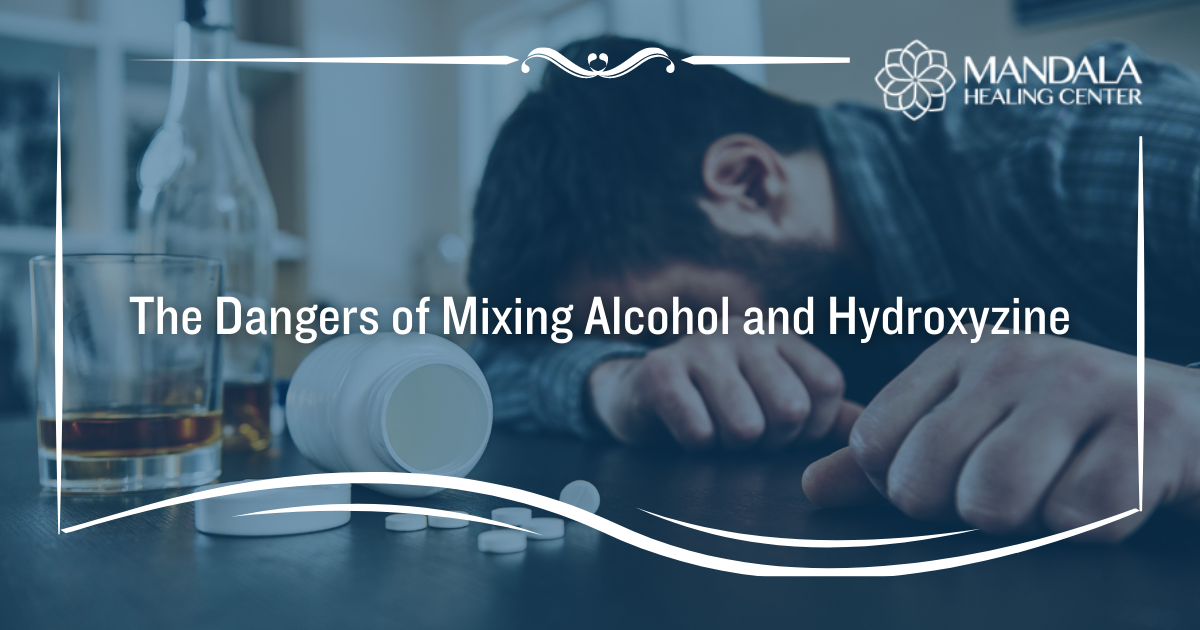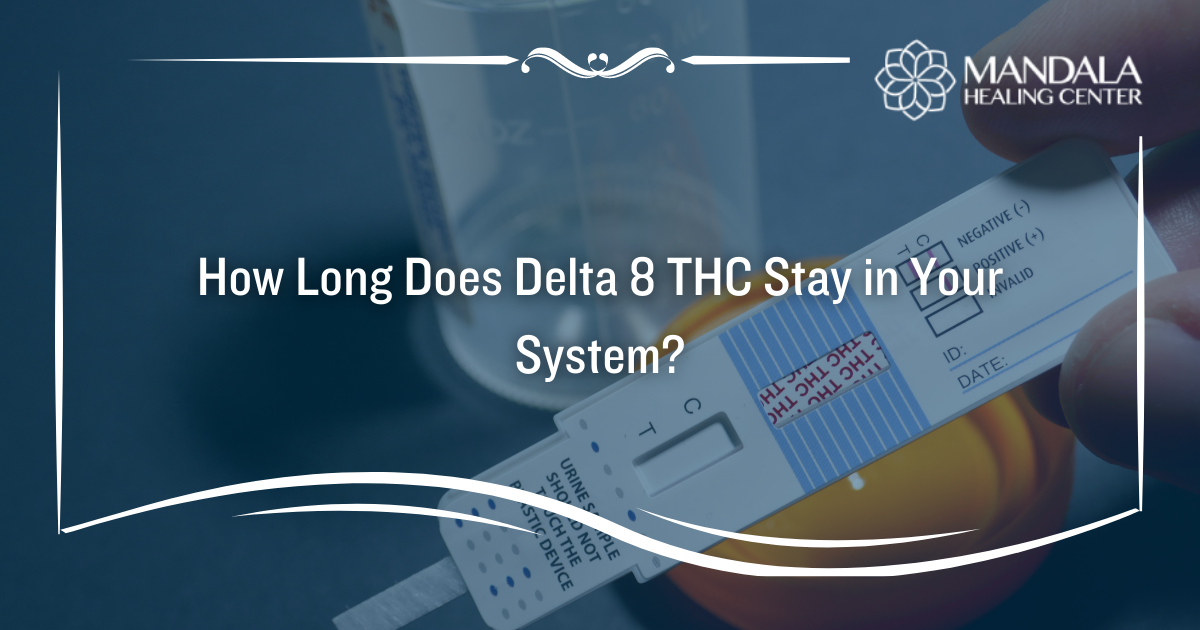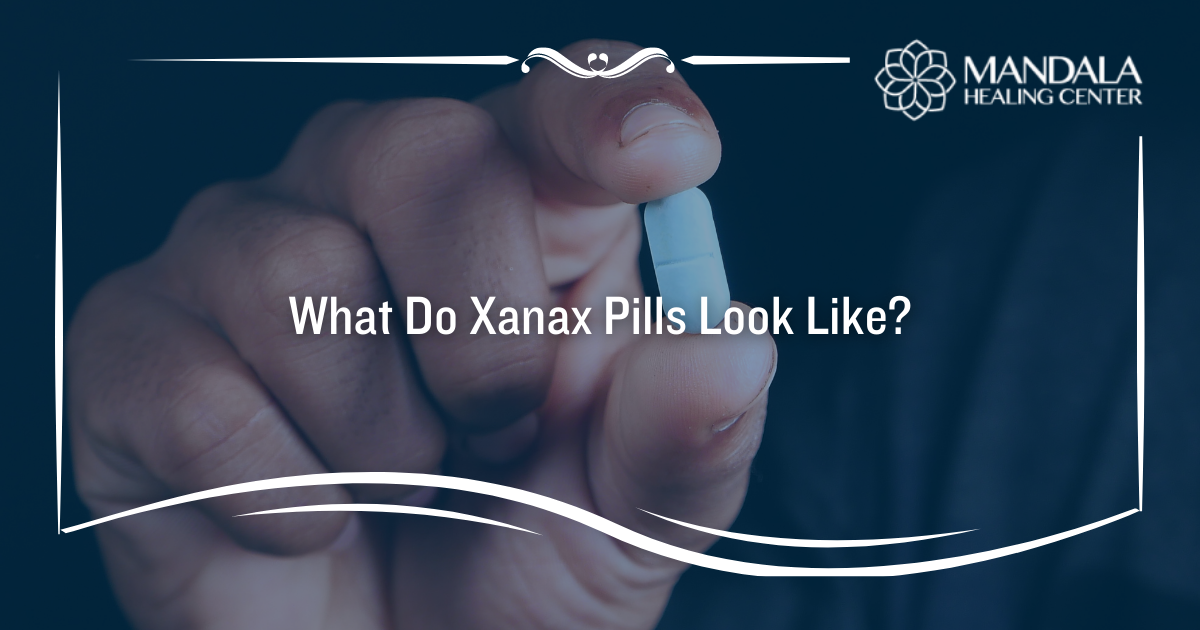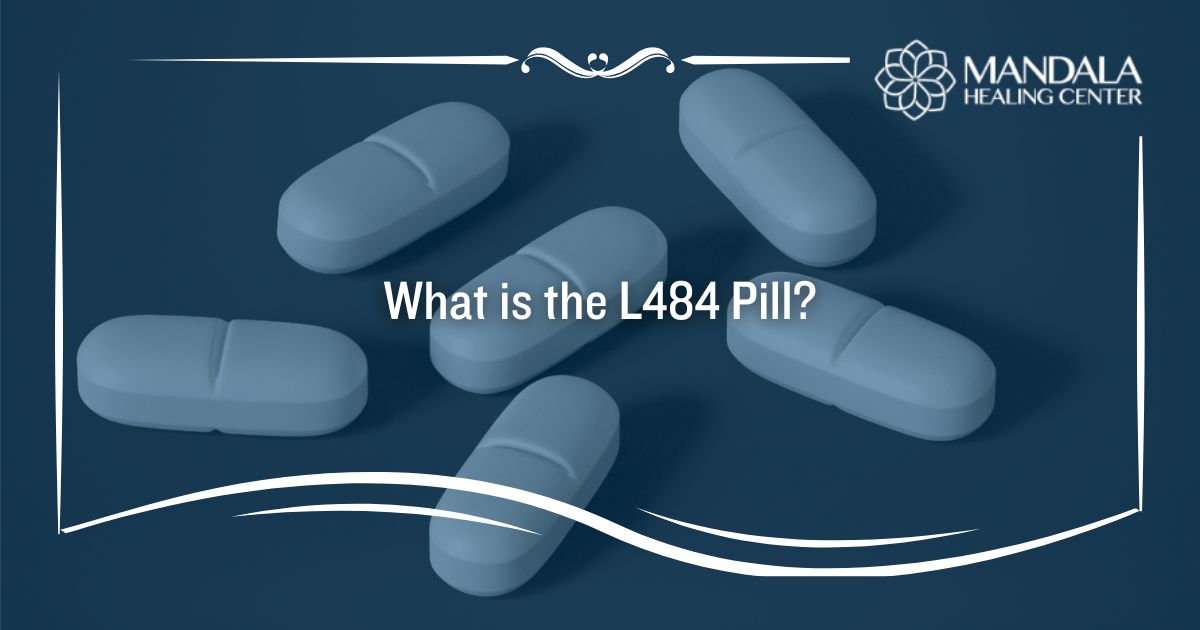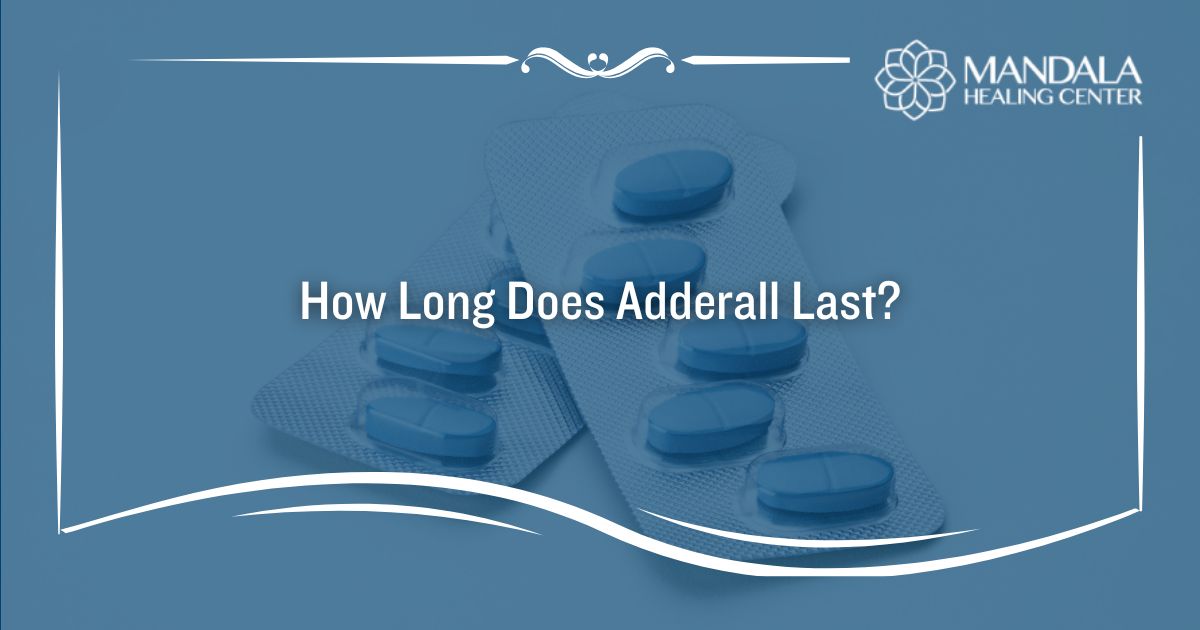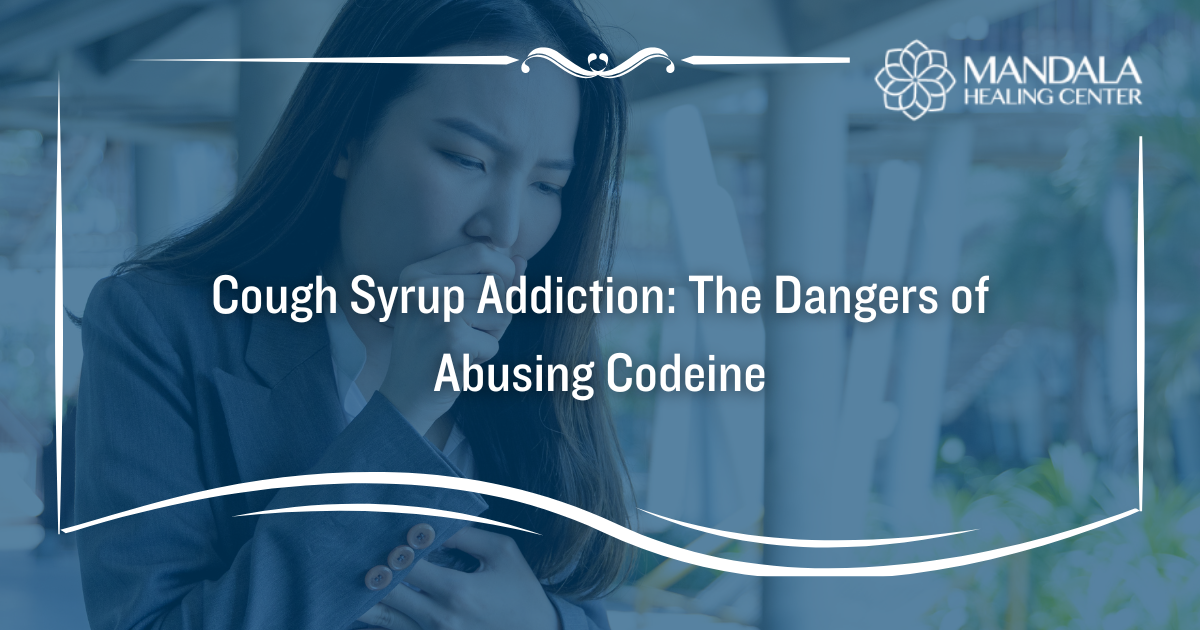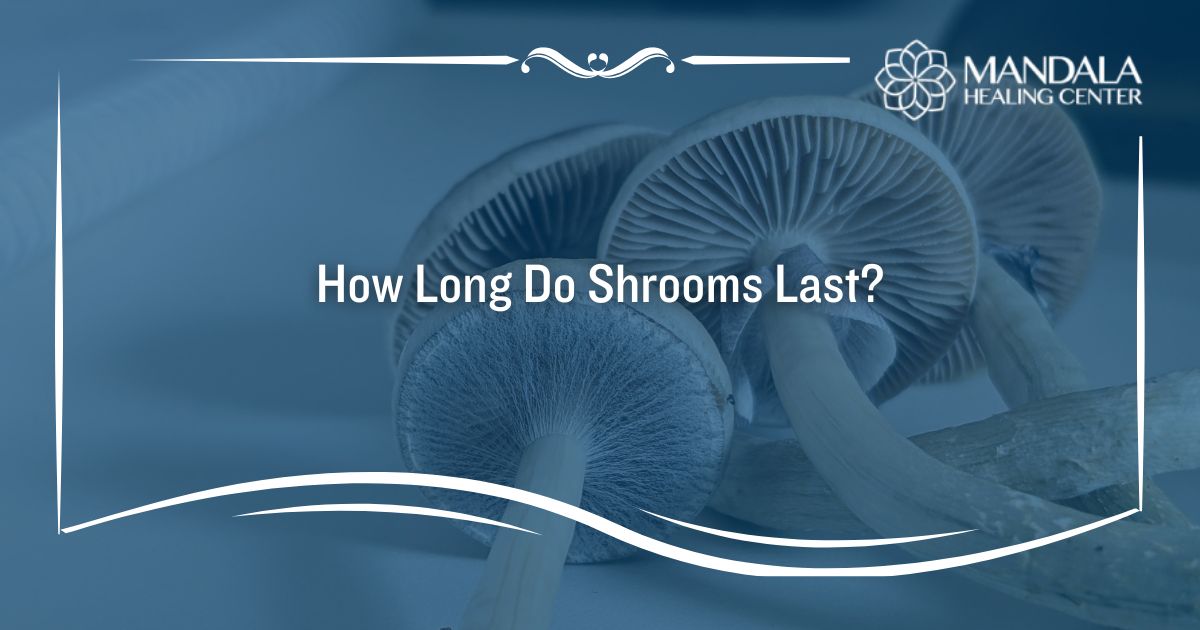According to the Department of Health and Human Services, 10.1 million people abused opioids in 2019. Out of those individuals, 9.7 million people were abusing prescription opioid pain relievers.[1] Prescription opioid abuse is a common issue in America, causing many individuals to develop an addiction and have difficulty functioning in their daily lives.
When you imagine prescription opioid abuse, you probably think of hydrocodone, oxycodone, or morphine. While these prescription drugs are commonly abused, other opioids pose a severe risk of dependency and addiction. Dilaudid (hydromorphone) is a prescription opioid pain reliever that is widely abused for its sedative and euphoric effects.
Despite Dilaudid being a prescription medication, abusing this substance can be dangerous. Long-term Dilaudid abuse and addiction can lead to the development of serious health complications, life-threatening overdoses, and more.
What is Dilaudid (Hydromorphone)?
Dilaudid is the name-brand of a medication known as hydromorphone. Hydromorphone is an opioid pain reliever that is 8 to 10 times stronger than morphine. While Dilaudid is more potent than morphine and has greater sedative effects, it has a shorter duration, so the drug provides stronger effects than morphine for a shorter amount of time.
If you are using Dilaudid to relieve pain as directed by a doctor, your risk of becoming addicted to the drug is low. However, people who use this medication without a prescription or in a manner not intended by a doctor can quickly become dependent on the drug. Hydromorphone is a Schedule II drug, which means it has medically acceptable uses but poses a high risk of dependency and abuse.[2]
When you abuse Dilaudid, your central nervous system begins to rely on the substance to function properly. This is known as becoming dependent on the drug. Once your body is dependent on hydromorphone, you will experience symptoms of withdrawal upon stopping its use.
If you or a loved one suffer from hydromorphone addiction, you should seek help from a licensed opioid addiction rehab program.
Side Effects of Dilaudid
Dilaudid is a potent opioid medication that can provide patients with pain relief. While this medication is effective in relieving pain, it can cause various side effects. If you or a loved one abuses hydromorphone, you should be aware of the possible side effects.
The common side effects of opioid abuse include:[3]
- Euphoria
- Relaxation
- Sedation
- Reduced anxiety
- Mental clouding
- Changes in mood
- Nervousness
- Restlessness
- Nausea and vomiting
- Impaired coordination
- Loss of appetite
- Rashes
- Slowed heartbeat
- Changes in blood pressure
If you take too much Dilaudid at once, you could experience a life-threatening overdose. Dilaudid overdoses may include symptoms such as severe respiratory depression, cold and clammy skin, reduced blood pressure, and decreased heart rate. If you or someone you know is displaying the signs of an opioid overdose, emergency medical services must be contacted immediately.
Signs of Dilaudid Addiction
Dilaudid addiction can cause individuals to behave in varied ways. One of the most indicative signs of addiction is a consistent and pervasive occupation with obtaining and using the substance. For example, people suffering from Dilaudid addiction have a hard time focusing on anything other than the substance, often causing them to neglect any other personal responsibilities they may have.
Other common signs of Dilaudid addiction include:
- Continuing to abuse the substance despite facing consequences as a direct result of the use
- Failing to fulfill obligations at home, work, or school due to Dilaudid abuse
- Spending a lot of time obtaining, using, and recovering from the effects of hydromorphone
- A history of failed attempts at quitting the use of the drug
- Taking Dilaudid at larger amounts for greater periods than intended
- Experiencing or displaying apathy
- Slurred speech
- Constricted pupils
- Drowsiness
- Experiencing symptoms of withdrawal when you cannot use Dilaudid
- Needing increasing amounts of the substance to experience the desired effect
- Experiencing strong desires or cravings to use Dilaudid
- “Doctor shopping,” or visiting multiple doctor’s offices to obtain more than one prescription of Dilaudid
- Stealing, lying, or committing crimes to obtain the substance
Treatment for Dilaudid Abuse and Addiction
Dilaudid abuse and addiction can be treated in a variety of addiction treatment programs. Inpatient drug rehab is the best option for people suffering from severe addiction, as these programs provide the highest level of care and support.
Inpatient opioid rehab involves:
- An initial intake and assessment process to gather important information on your medical, psychiatric, and substance abuse history
- Medical detox to help you overcome your symptoms of withdrawal in a safe and comfortable setting
- Behavioral therapy teaches you how to navigate triggers and real-life situations without feeling the need to abuse substances
- Group counseling to improve your social skills, connect you with a community, and combat feelings of isolation
- Holistic treatments that help your mind, body, and soul recover (i.e. yoga, meditation, exercise, nutritional counseling)
- Relapse prevention planning provides you with the tools you need to maintain long-term recovery outside of a facility
Find Help for Dilaudid Abuse and Addiction Today
If you or a loved one suffer from Dilaudid addiction, help is available. A comprehensive opioid rehab program can provide you with the support and tools you need to recover from addiction and improve your overall quality of life.
Going beyond the conventional approach of detoxification, patients at the Mandala Healing Center are inspired to fully heal in an environment designed to nourish their entire being. A serene healing environment provides a level of comfort and safety that influences a patient’s positive attitude and response to detox and recovery. Situated on a peaceful 8-acre campus in West Palm Beach, The Mandala Healing Center is a retreat-like sanctuary designed to allow individuals to focus completely on healing — body, mind, and spirit.
Contact Mandala Healing Center today for more information on our drug and alcohol recovery programs.
References:




